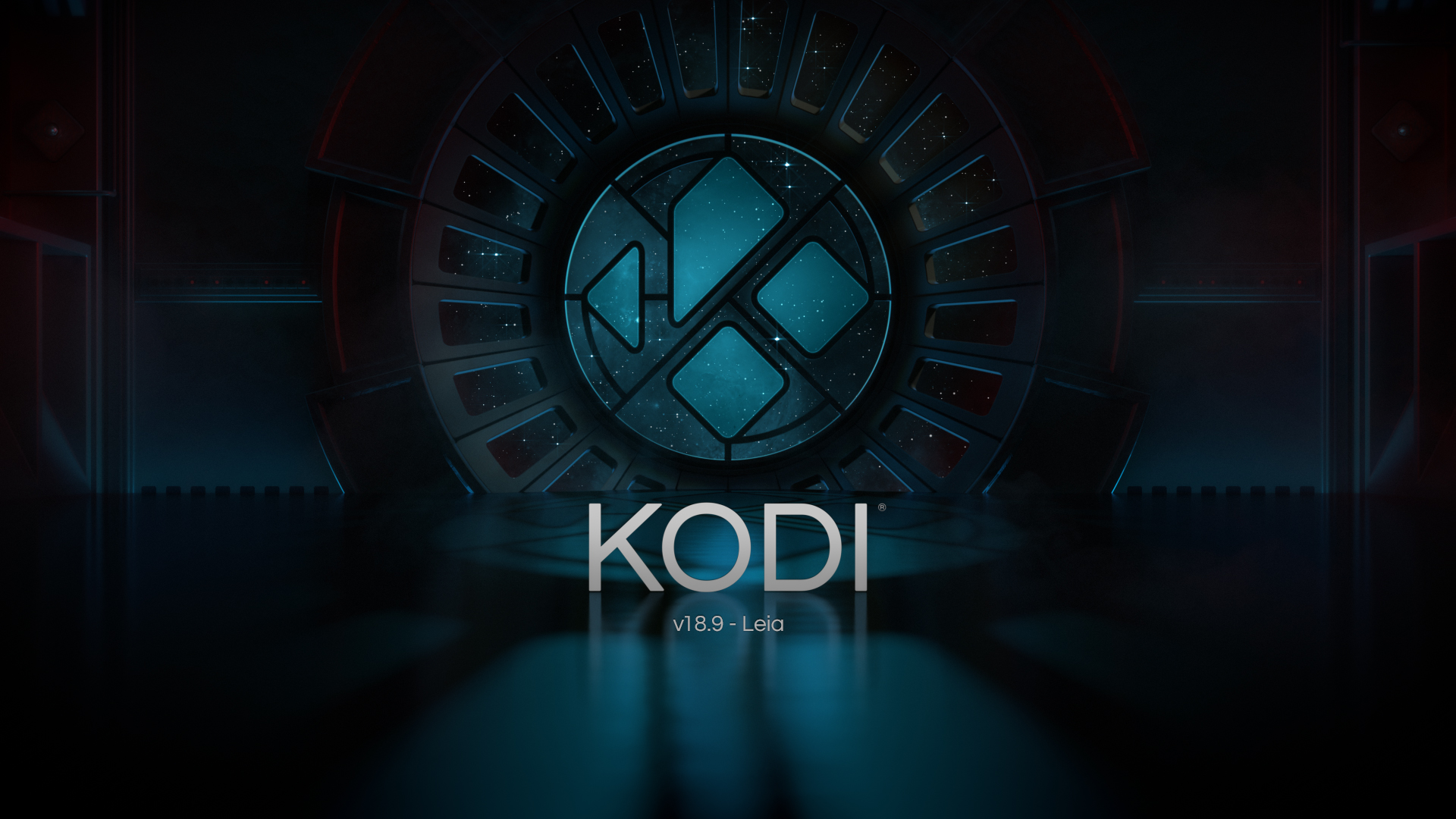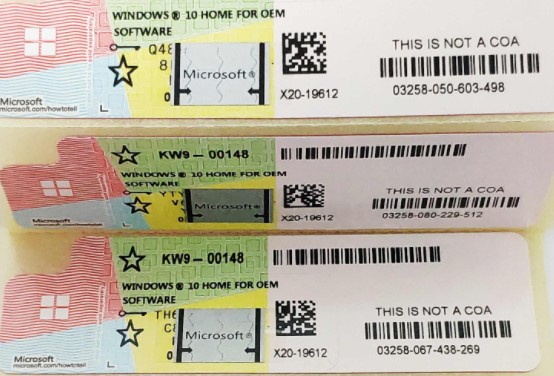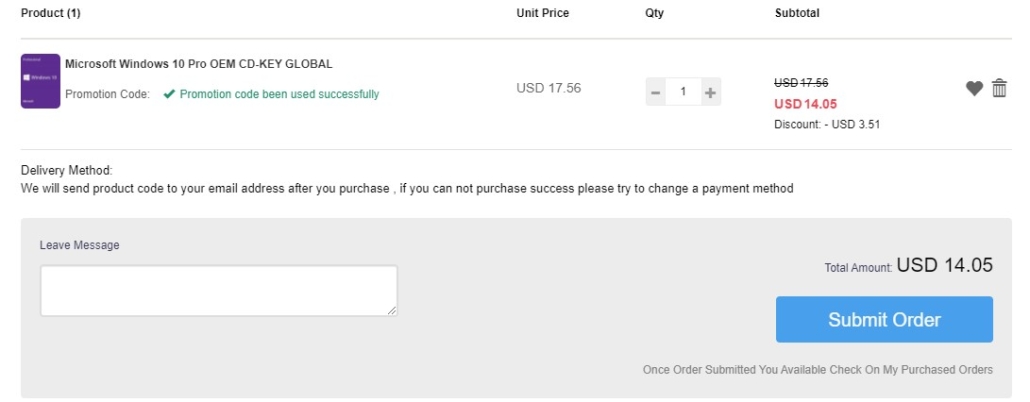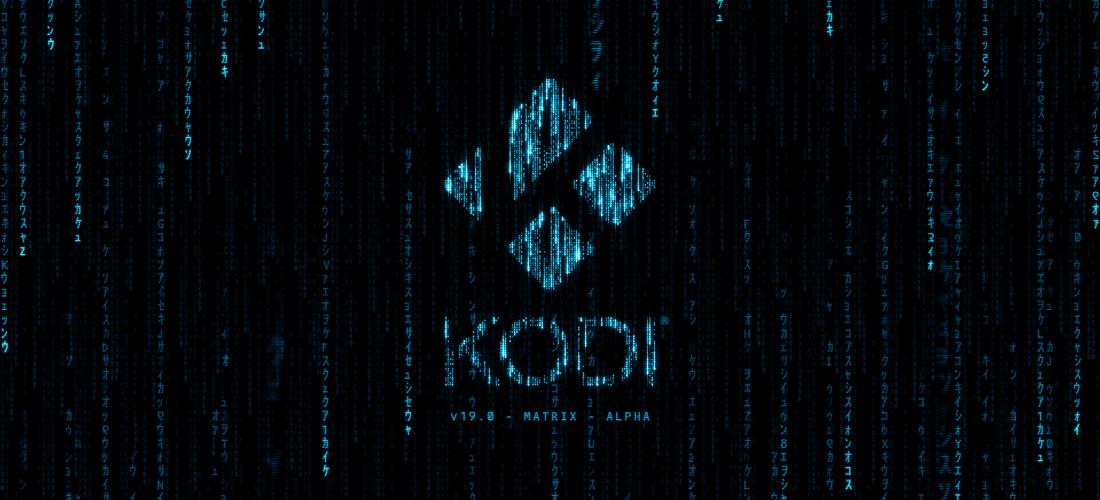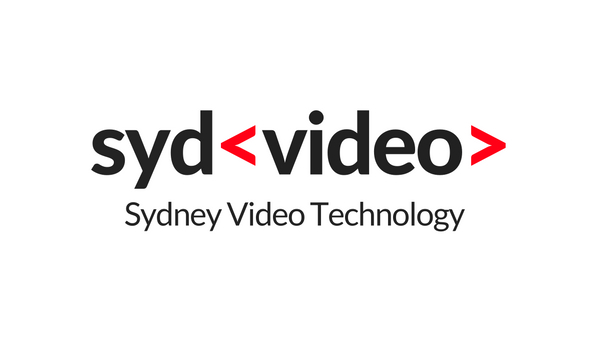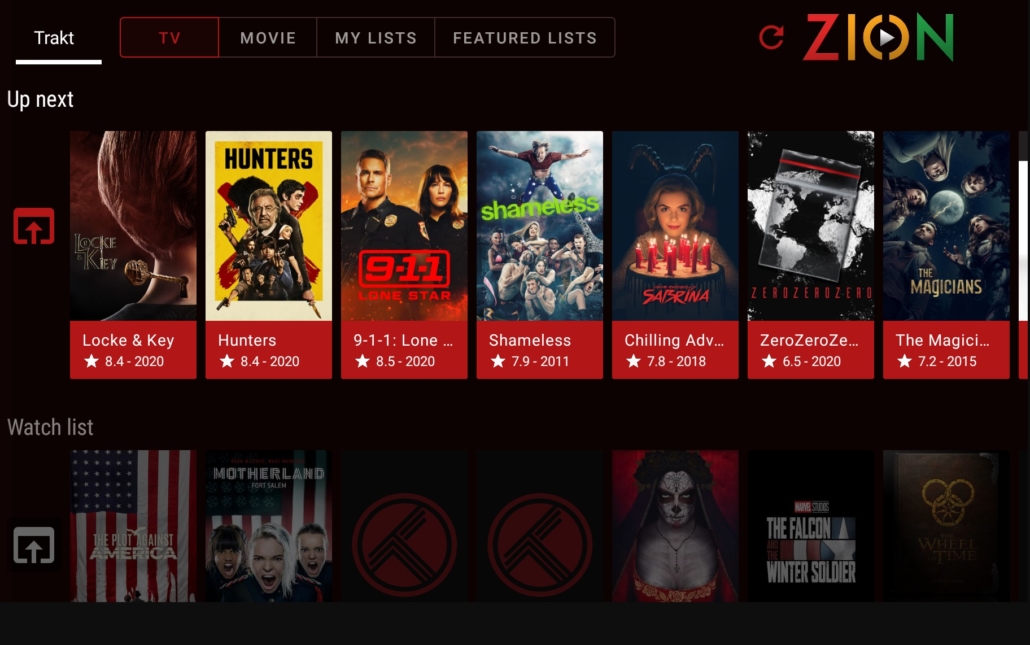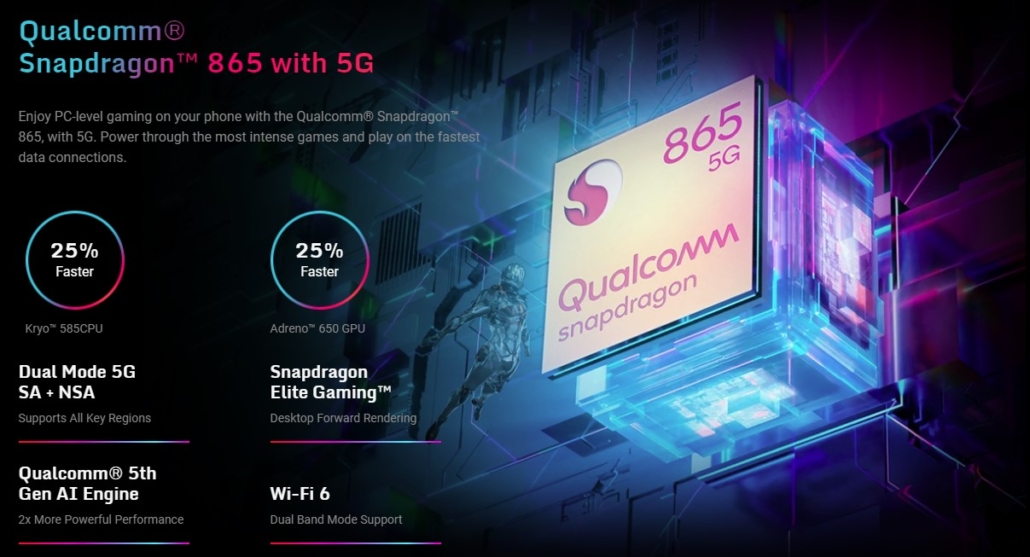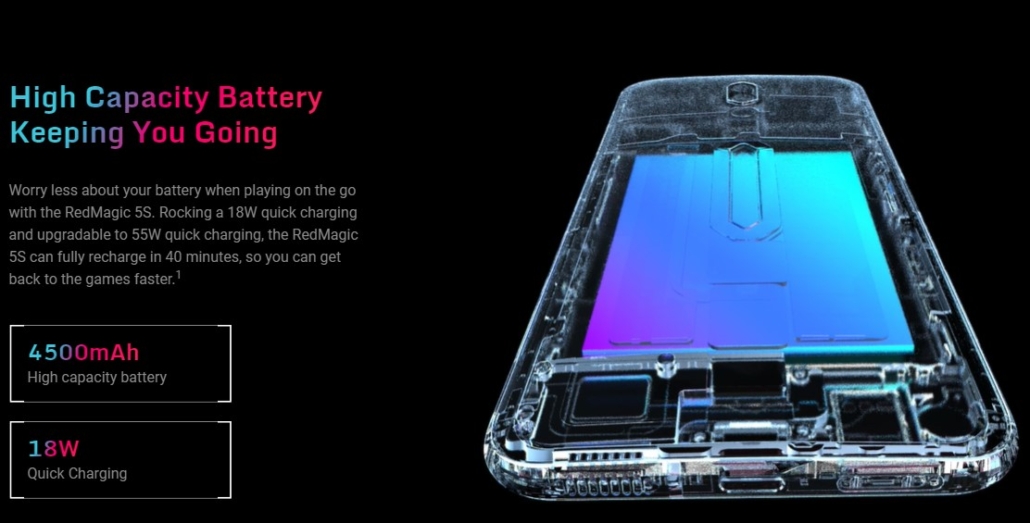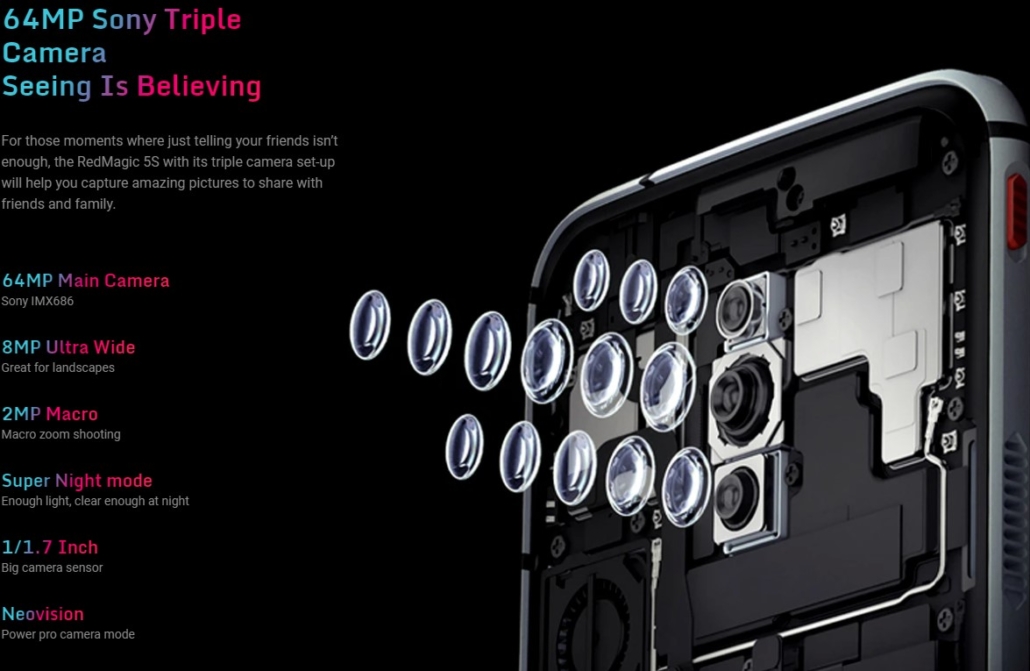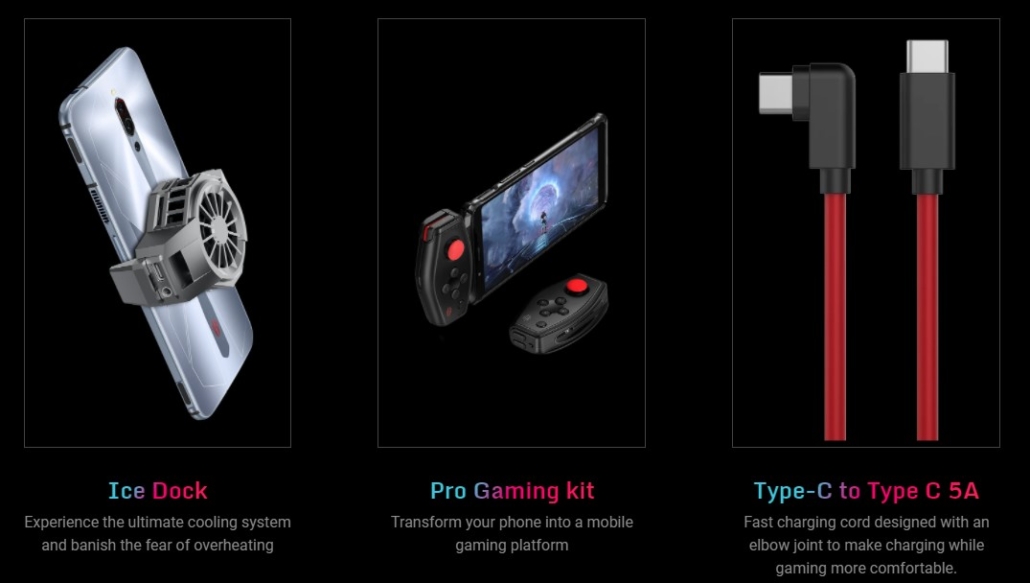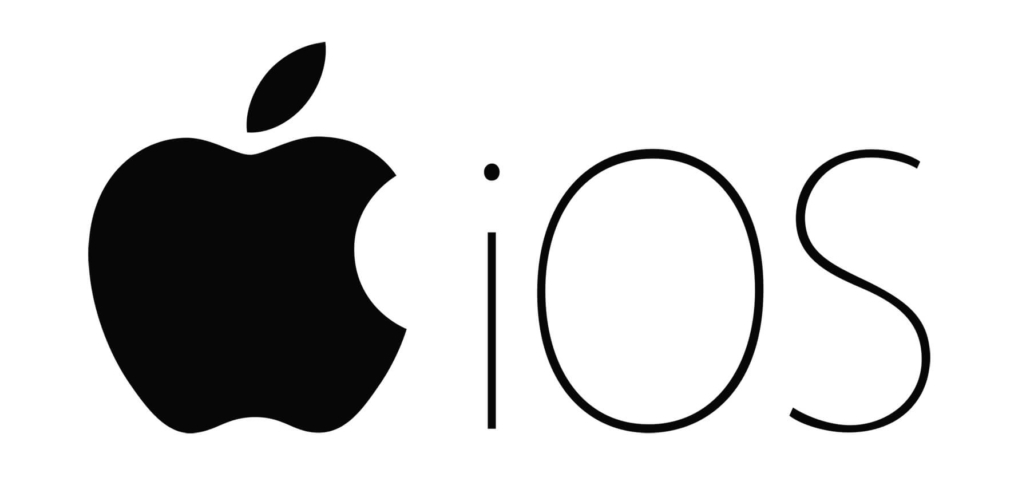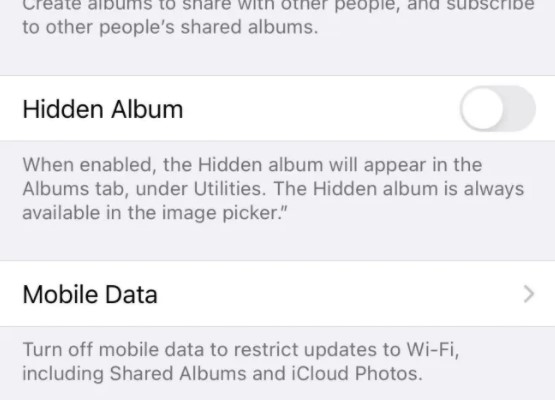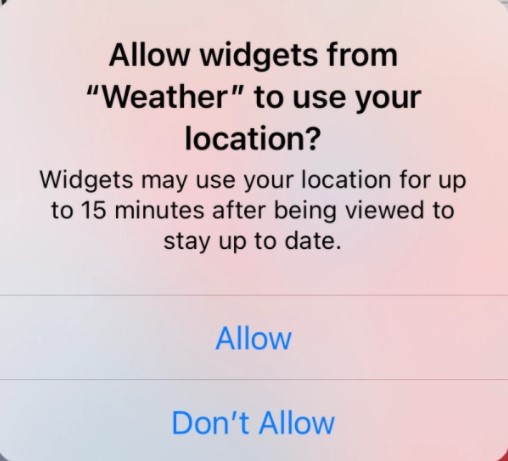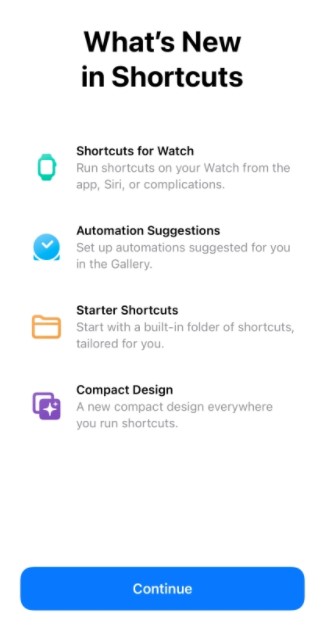Small businesses can find it challenging to compete with more established brands all over the world. They might have a fantastic product or service, yet customers will always flock to something more familiar and convenient, which is why we see Amazon continue to dominate the eCommerce industry with little sign of slowing down.
However, just because it’s unlikely your business will ascend to such heights, at least now, this doesn’t mean you can’t still focus on the potential for growing your business, and the best way to do this is by considering which tech can help boost your fortunes.
Technology has always been something that enables companies to take the next step. With such a versatile range of potential systems and software available, it’s time your business embraced them, too. Here are ten ways technology will improve your small business.
Communication
You don’t need reminding that communication is an essential part of the business world. With a small business, you could argue that it’s even more crucial compared to more established companies.
Without communication, there is perpetual uncertainty about what is happening at any point. Staff do not know their roles and managers don’t know what is happening on the main floor. With a small business, you have the benefit of having most, if not every, member of staff in one place so that you can communicate with ease.
Instant messaging services can enhance this, as you can quickly shoot off a message without disrupting your workflow, or the workflow of anyone else. It’s more reliable than writing an email, and also more informal, which is something you may want to promote within the office.
Productivity
Anything that takes too long to do will hinder productivity. It’s not just the action itself, but also the before and after that can affect the workday.
Staff will often get into a groove with their work. They are not working too quickly but also not too slowly. Instead, they are working at a decent pace. However, this can be disrupted if they need to do some menial task, such as change an appointment date or make a post on your social media pages. You can embrace the wonders of in-office automation to help overcome this problem.
Automation will eliminate these menial tasks and put them in the hands of the technology. All you need to do is set up a system that automatically makes changes or posts for you. With this, your staff won’t need to stop what they’re doing, allowing them to remain productive and on-task throughout the day.
Finances
Finances are one of the biggest worries for a small business. You don’t have the mighty budget that larger companies have, so you’ve got to be more careful with your spending.
This is where technology can boost your fortunes and come in handy. While you may need to spend a little to invest in reliable tech, the benefits can be remarkable. With proper investment, you can identify areas of the business that are not always necessary. This can include using outsourcing for your tech support and content creation.
A financial bot, as it were, can also minimize the risk of discrepancies in your finances, which will help protect you from the wrath of the taxman. No matter how good you might be with numbers, you’re also human, and humans make mistakes. A financial bot will not do this, and it will do it quicker than you ever could, too.
Marketing
Another significant worry for small businesses is spreading the word and raising awareness about their brand. Marketing is the way for you to do this, but the sphere of marketing is always changing.
In the past, people learned about you through word of mouth, and then there were things such as billboards, TV ads, radio placements. In the modern world, it’s about social media ads or the occasional spot on a podcast.
A company that fails to embrace the positives that can come from social media engagement, regardless of what you think of the trend, is at risk of falling behind significantly. Take advantage of the brand personality tropes that have become popular, but also don’t be afraid to use segmentation through automation to target potential customers more efficiently.
Collaboration
A collaborative environment is a surefire recipe for success. Still, old ways of this collaboration, such as sticking a team in a room and hoping they work it out, are not what anyone looks for anymore.
And so they shouldn’t. The evolution of technology has made these awkward scenarios something best left in the past, and it’s not something that any self-resp[ecting business should consider using any more. Instead, the likes of cloud technology and document editing in real-time can boost a collaborative nature and also simplify procedures.
You should expect your staff to be busy the majority of the time, and this is why the idea of dragging them into a meeting to discuss plans isn’t always ideal. With tech, you can enable them to tackle such tasks on their own time and trust them to work alongside coworkers and clients to achieve great things.
Customer Service
Customer service is crucial for all businesses, but as a small business, you must make a good impression and deliver top quality service to your customers. If you fail to do so, they will look for other companies that offer the same service, which can severely affect your profits.
But what do tech and customer service have in common? Live chatbots on your website are a great way to put them directly in touch with your agents, giving them the chance to ask questions and get answers immediately. However, some customers may not want to speak directly to bots, instead preferring a real person. You can also use social media messenger services to do this, and it will alleviate any fears your customers may have. Likewise, developing an app will enable your customers to use your service wherever they are, rather than battle with a mobile site.
Speaking of websites, you must do everything you can to keep your customers happy on your website, and if this means investing in a professional developer, then so be it. The average customer will typically wait just three seconds before abandoning a slow-loading webpage, so you must make sure you optimize your site correctly to ensure they can navigate your website with ease.
Engagement
There are a variety of ways that you can improve engagement, and this can include everything from interesting social media posts to content creation. The better your technology, the better this content will be, so it might be worth considering how programs and software can boost customer engagement.
If you like to make blog posts, you must ensure that everything is written with correct grammar and spelling and flows appropriately, too. While anyone can write, not everyone can write well, and a poorly written article is easy to spot from a mile off. Use grammar checking programs such as Grammarly or ProWritingAid to make your writing more clear and concise.
Conversely, you may prefer making videos, especially if your business is more action-based. It’s not enough to record footage on your phone, so think about investing in better equipment to make your videos stand out, and also use quality editing software to provide a professional appeal. While you may not have the budget to compete with larger businesses, you can still get creative in your video campaigns and give both current and potential customers a reason to enquire about your brand.
Training
Not many people enjoy training, but if you want to maintain high performance and allow your employees to advance their careers, training sessions are essential. Despite this, it isn’t always convenient to put everybody in a single space to train them. They will have other things to do, they might need to leave early, or they may just not want to be there at all.
To overcome this, you can consider video conferencing solution comparison options. Rather than force everyone into a single room, it allows you to create training materials for them to view in their own time. This puts less pressure on them to attend seminars and sessions but still gives them the option to learn more if they want to.
It won’t disrupt their workday, and they can pause the video if they need to. Furthermore, you could also offer live video training for remote workers, which enables them to ask questions along the way if they have any queries.
Best In Business
It can often feel overwhelming to be a business owner, especially if you run a smaller company. This is why technology can assist you and improve your fortunes. It will make every aspect of your workday more manageable, and this will ensure you are less stressed and more prepared to take on the next big task. Too many businesses are reluctant to embrace tech, but these are the ones who fall behind, so make sure you do not get caught in the same trap.

